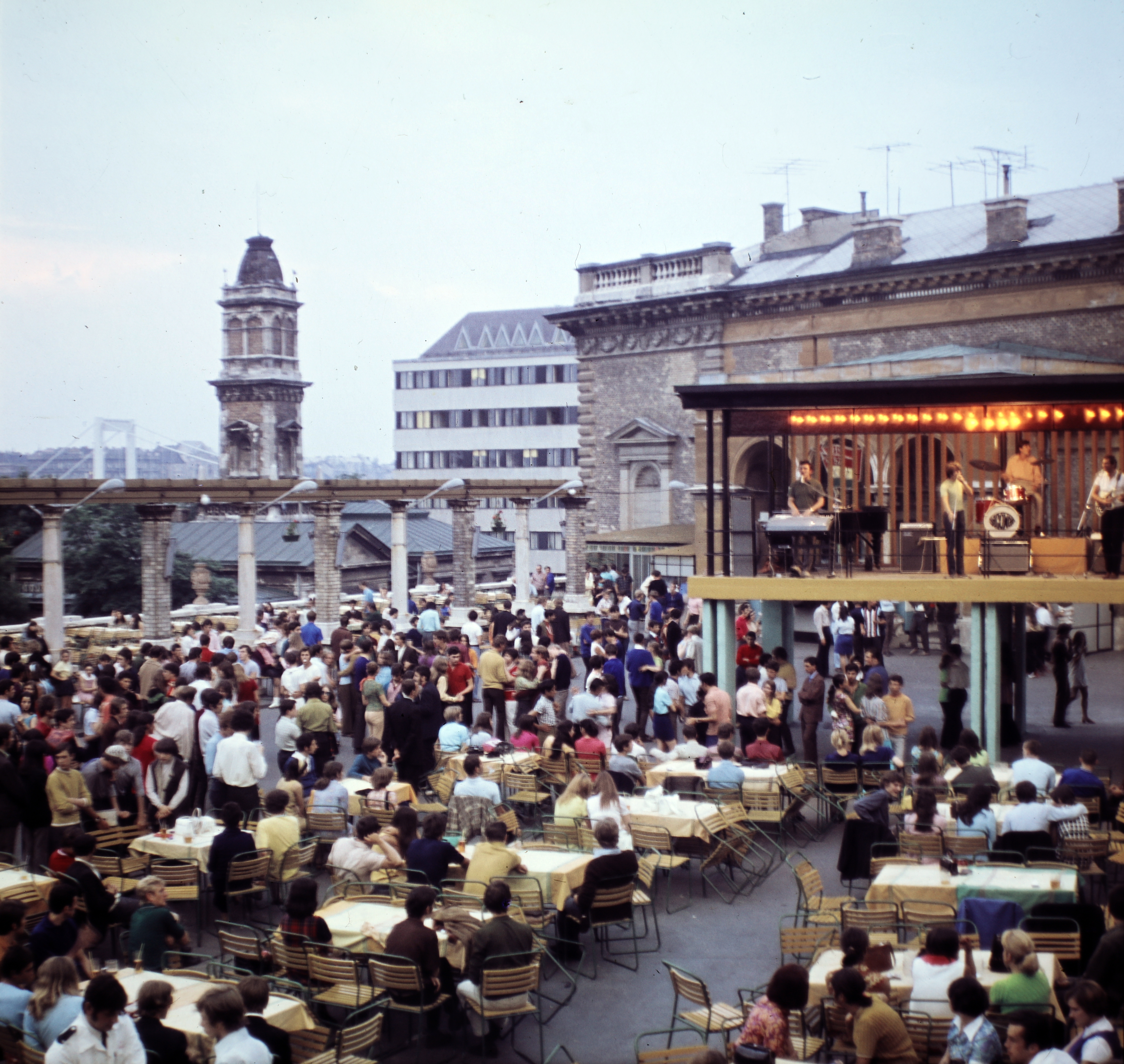Renovated in the 2000s, the Várkert Bazár, a series of elegant arcades immediately beneath Buda Castle created by Miklós Ybl in the 1880s, was first patched up in the early 1960s.
It was the local Budapest Communist Party who thought it would be a good idea offer young people a place where they could dance and socialise – all under close observation, of course. What better than in the open air, where their movements could be monitored and facilities could be modest?
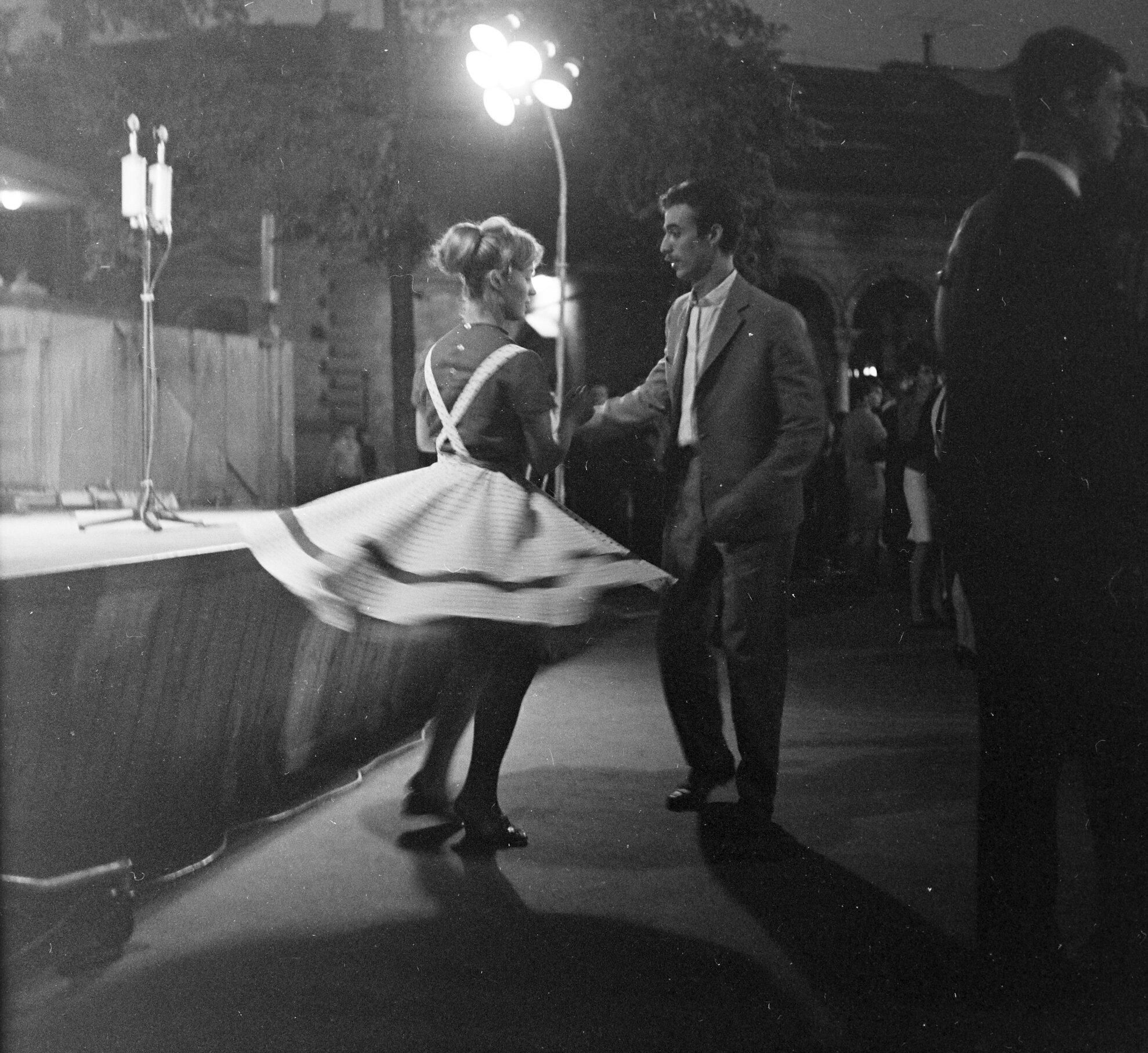
They gave the Várkert Bazár a spruce up, cleared away the rubble left over from the war and put in a dance area. Ta-da! The Budai Ifjúsági Park, ’Buda Youth Park’, Ifipark to all.
The setting was idyllic, rays of the setting sun falling over the Danube and refracted by Ybl’s Neo-Renaissance columns. Party informers mingled with the crowd – every concert was recorded – and the rules were carved in stone by the entrance gates.
Do the twist
“Information about visiting Buda Youth Park: admission only for boys over 18 in a light shirt, tie and jacket, and girls over 16. Entry is prohibited in linen trousers. The following offences will result in dismissal: tasteless dancing, twisting to a non-twist number, several boys twisting boys with one girl, boys twisting with each other and other conspicuous behaviour,” read in the entry rules.
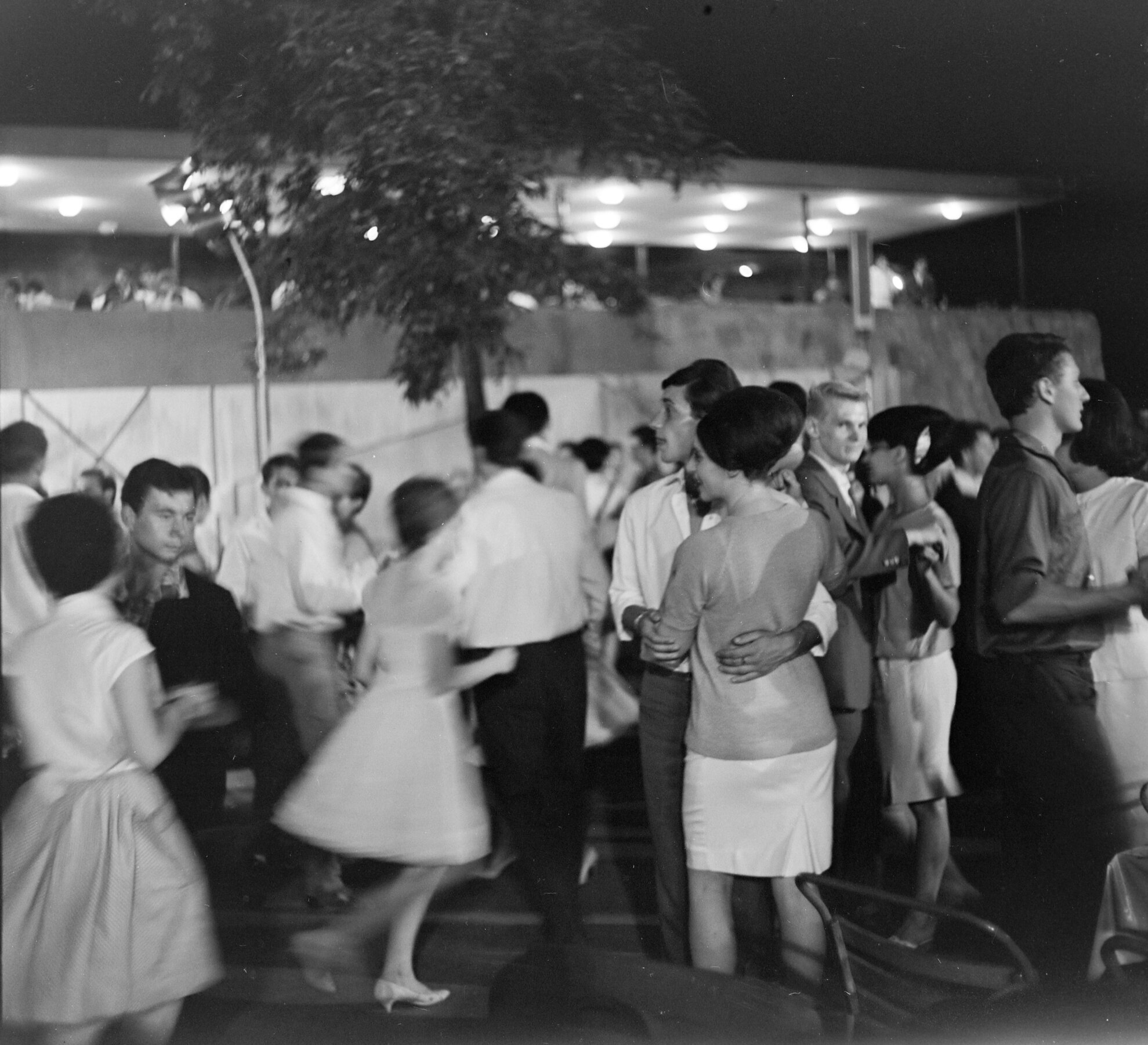
The place opened on the national holiday of 20 August 1961, with a consolidated stage show for a crowd of enthusiastic young builders, but the real opening came the following year. The summer of ’62 began with light salon melodies before the cat nip of Western-style beat music elbowed it away and everyone got solid gone.
But rules were rules, and if anyone came in jeans or a mini skirt, or any man had long hair, they were not only not allowed in, but in many cases even slapped about a bit. And the bands were no exception.
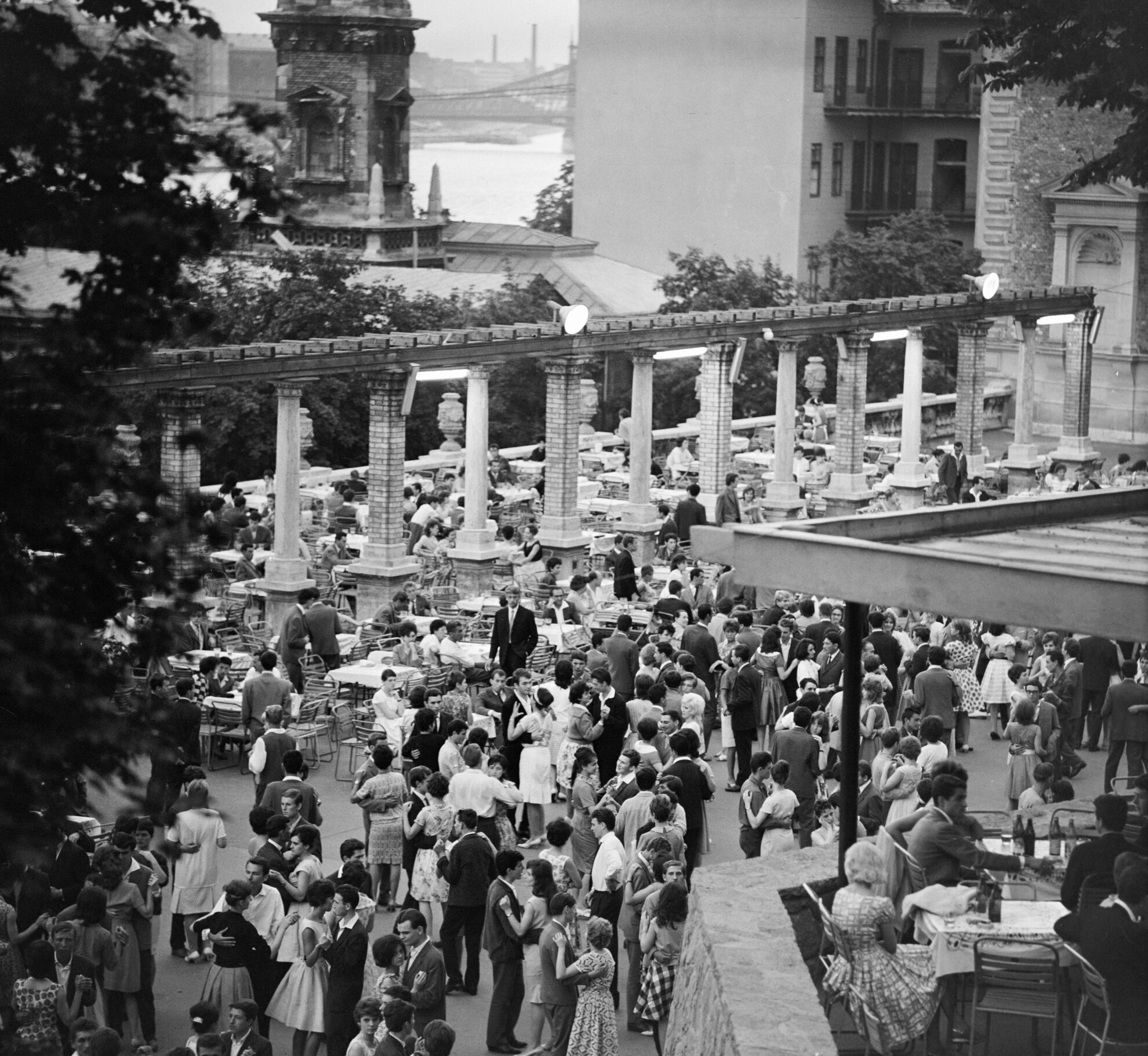
Behind the beatings was the infamous head of the Ifipark, the dedicated Communist and ex-wrestler László Rajnák, who personally inspected the hair and clothing of those in line – girls' skirts were often measured – and, if necessary, thwacked them with his truncheon.
And that wasn't enough, he even took poked his nose into what kind of artists and bands could perform on stage, what the show should be, how many forints for a beer and bread-and-dripping.
Heading a team of Young Communists and ex-cons, he stayed in place until 1974 when fate finally caught up with him – he had been pilfering serious money from the Ifipark operation and had to serve a few years behind bars for embezzlement.
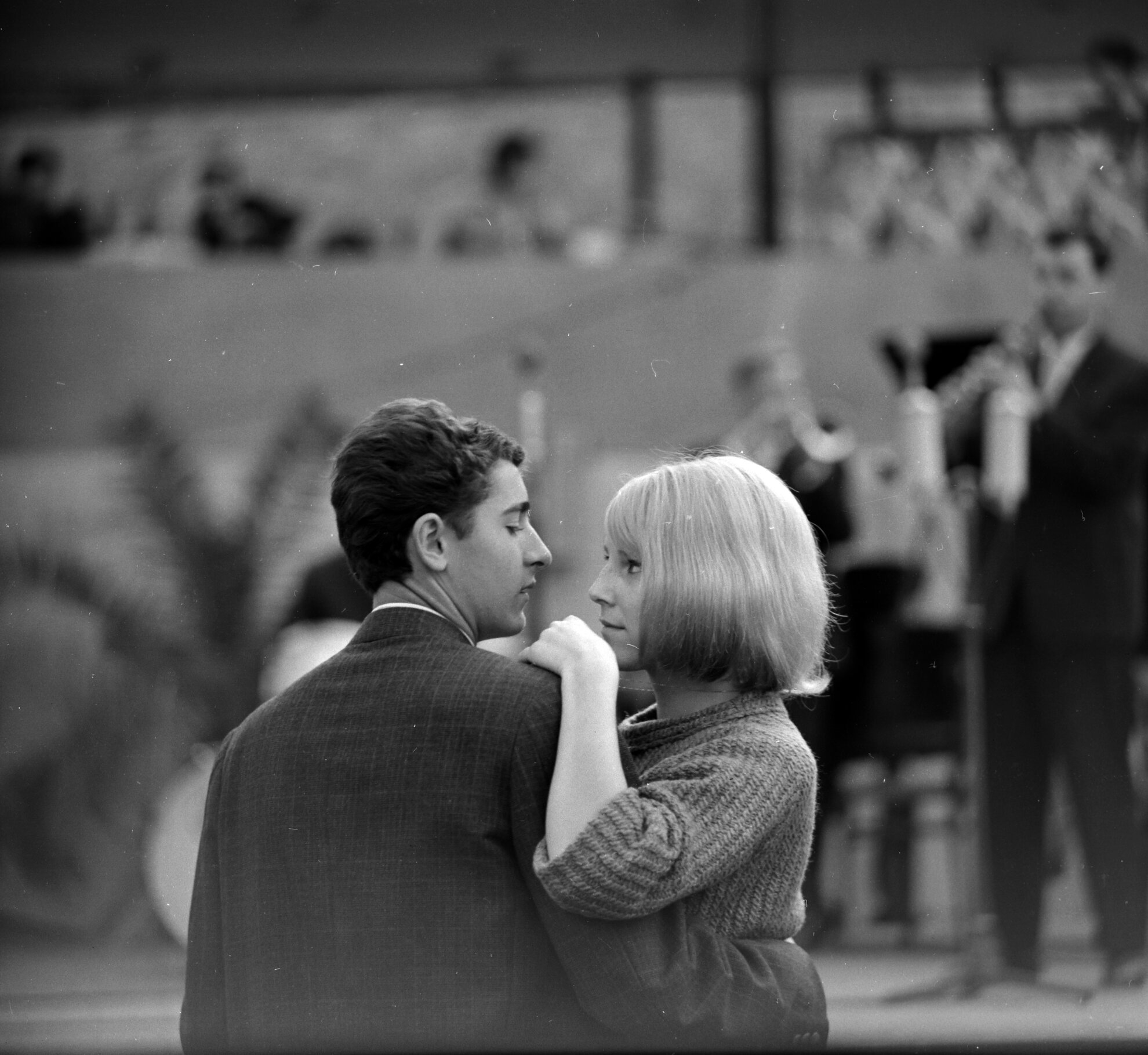
Whatever the restrictions, in the ’60s, the Ifipark was the place to go, to catch singers such as László Csákányi, Gabriella Kerényi, János Koós and László Aradszky. Sundays were for children's events. With state education so important, they organised all kinds of cultural activities for young people, trying to make the Ifipark exciting with fashion shows, literary evenings, readings and dance competitions. Foreign groups from the Eastern Bloc were invited to play.
In the second half of the '60s, the spread of beat and rock could not be stopped, better and better bands formed, the mood soared and complete catharsis took the place of simple dance evenings. Even the projection wall and terrace restaurant designed by Margit Pázmándi were demolished to build a raised stage in its place.
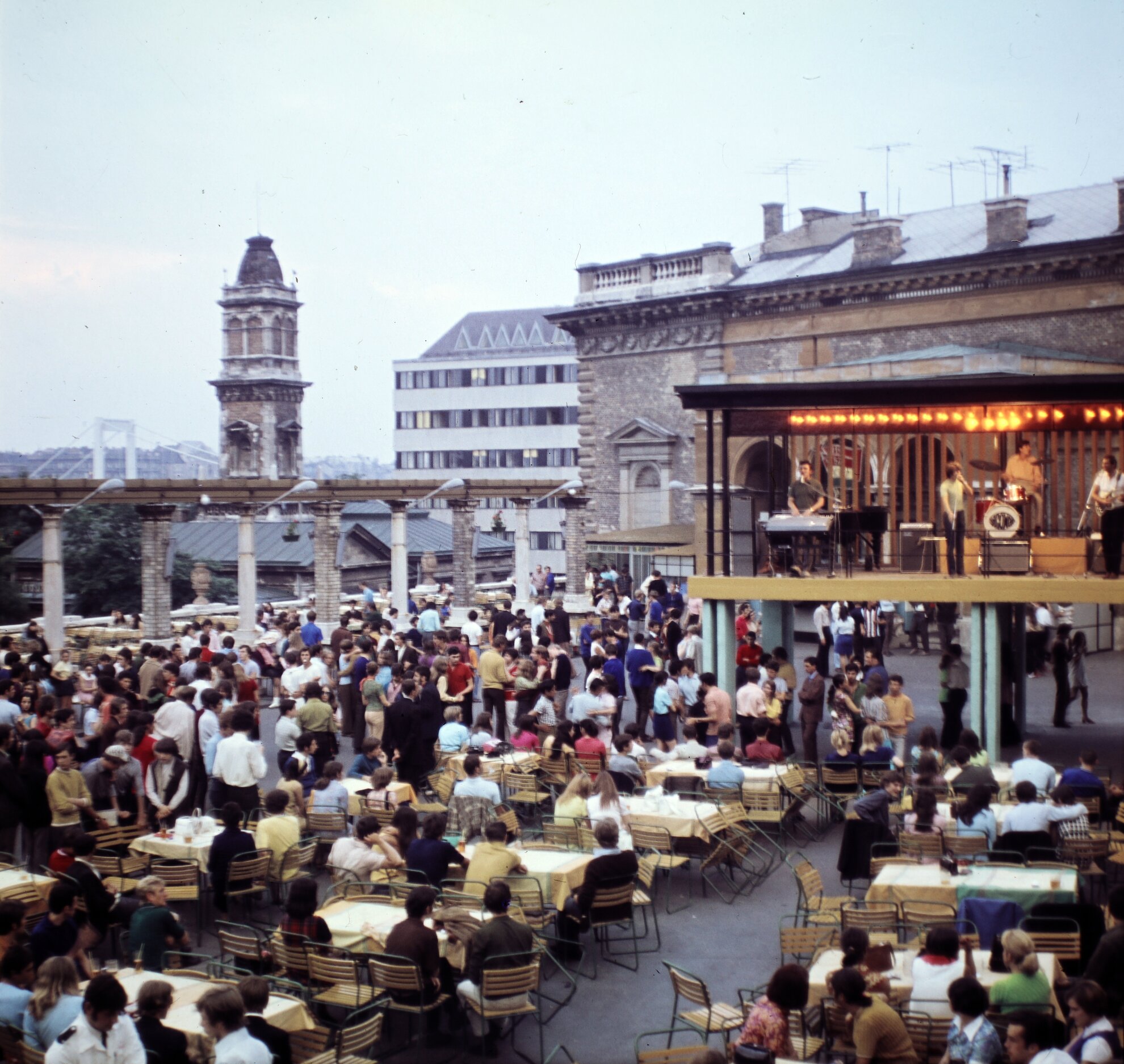
The Ifipark became a concept, where the best Hungarian beat bands performed, and where it was a big deal who played at the opening and closing parties of the season.
The first real Ifipark band was Sakk-Matt, formed in 1968 by Béla Radics, the Hungarian Hendrix, who drove the crowd crazy. Until then, no-one behind the Iron Curtain had seen a man playing guitar over his head or plucking it with his teeth. A new world opened up for those who no longer wanted to spend their evenings in the company of Mambó Rádió or Bambi. Despite the popularity of Sakk-Matt, however, Bergendy remained the resident band.
In the early ’70s, the dominance of rock was briefly broken and dance evenings returned, not least after they tried to ban French kissing, jumping and convulsing, as locals had seen in films of Beatles concerts.
It didn’t last long and soon you could sneak in with jeans and long hair. Crowd numbers peaked in the late ’70s – 10,000 squeezed into the joint concert of Piramis and P.Mobil. Here was where Beatrice – soon banned – the Hobo Blues Band and Edda earned early fame. Infamy followed Edda, however, as a stone wall of the stairs leading the entrance collapsed, the condition of the park not fully addressed during that renovation in 1960.
After that temporary closure, it was only a matter of time before it all had to come to an end. The final farewell took place in 1984, P.Mobil's concert entitled Electric Funeral the last held in the Ifipark.
